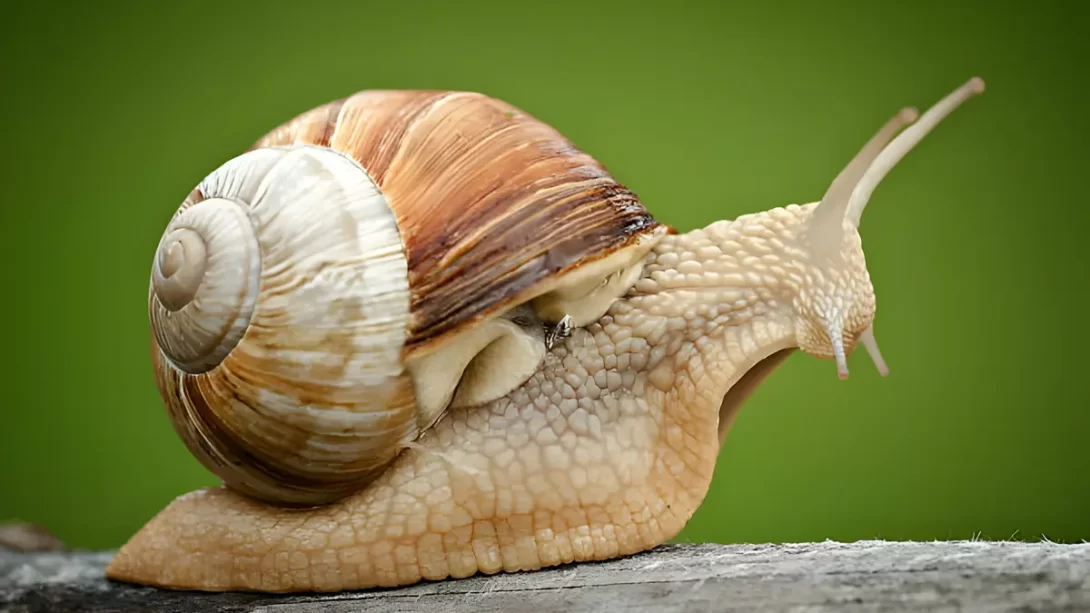Snails, with their diverse species and unique biological traits, are fascinating creatures. One intriguing aspect of their biology is their circulatory system, leading to the question: Do snails have hearts? This article explores the anatomical features of snails, focusing on whether they possess hearts and how their circulatory system functions.
Basic Anatomy of Snails
Snails, belonging to the phylum Mollusca, have a distinct anatomy that differs significantly from other animals. They have a soft, unsegmented body which is usually protected by a coiled shell. Internally, snails have a complex organ system, which includes a digestive system, a respiratory system, and a circulatory system. The anatomy can vary between terrestrial and aquatic species, reflecting adaptations to their specific environments.
The Snail’s Heart and Circulatory System
Snails do have hearts, which play a central role in their circulatory system. The heart of a snail is relatively simple compared to that of mammals and consists of two main parts: an atrium and a ventricle. The atrium receives oxygenated blood from the respiratory organs, and the ventricle pumps it through the body. Snails have an open circulatory system, meaning that instead of blood being confined to vessels, it flows through cavities or sinuses bathing the organs directly. This system is efficient for the slow-moving and less metabolically demanding lifestyle of snails.
Functioning of the Snail’s Heart
The heart in snails, though simple in structure, is crucial for their survival. In the functioning of the snail’s heart, the atrium receives oxygenated blood, which is then pumped into the ventricle. From the ventricle, the blood is circulated through the body, delivering essential nutrients and oxygen to various tissues. The process of oxygenation occurs in the respiratory organs – lungs in terrestrial snails and gills in aquatic species. This circulatory process is vital for the snail’s movement, feeding, and overall metabolic processes.
Variations Among Different Species of Snails
There is a noticeable variation in the heart and circulatory system among different snail species, largely influenced by their habitats and lifestyles. Terrestrial snails, for example, have a more developed lung system for breathing air, and their heart is adapted to support this respiratory method. Aquatic snails, on the other hand, often have gills, and their heart is adapted to function effectively in water. These variations reflect the evolutionary adaptations of snails to their specific environments.
In addition to habitat-based differences, the size and activity level of the snail can also influence its circulatory system. More active snails may have a more efficient heart and circulatory system to meet higher metabolic demands.
Importance of the Heart in Snails’ Survival
The heart is a vital organ for snails, essential for their survival and functionality. It plays a key role in circulating blood throughout the body, which is crucial for delivering nutrients and oxygen to tissues and organs. This circulation is necessary for various physiological processes, including digestion, reproduction, and movement. A functioning heart is especially important for snails as they engage in activities such as foraging for food, escaping predators, and reproducing.
The health of a snail’s heart can also be an indicator of its overall well-being. Diseases or malfunctions of the heart can significantly impact a snail’s ability to survive and thrive in its environment. Therefore, the heart is not just a mere organ pumping blood, but a central component of the snail’s life-support system.
Conclusion
In summary, snails do have hearts, and these organs play a critical role in their circulatory system and overall survival. The structure and function of a snail’s heart may vary depending on the species and their specific environmental adaptations. The heart’s role in facilitating blood flow throughout the body underscores its importance in maintaining the snail’s health and supporting its various physiological functions.
Understanding the heart and circulatory system of snails offers fascinating insights into their biology and the diversity of life forms. It highlights the complexity of even the simplest creatures and their adaptation mechanisms to survive in varied environments. This knowledge contributes to a greater appreciation of the intricate workings of nature’s diverse species.




